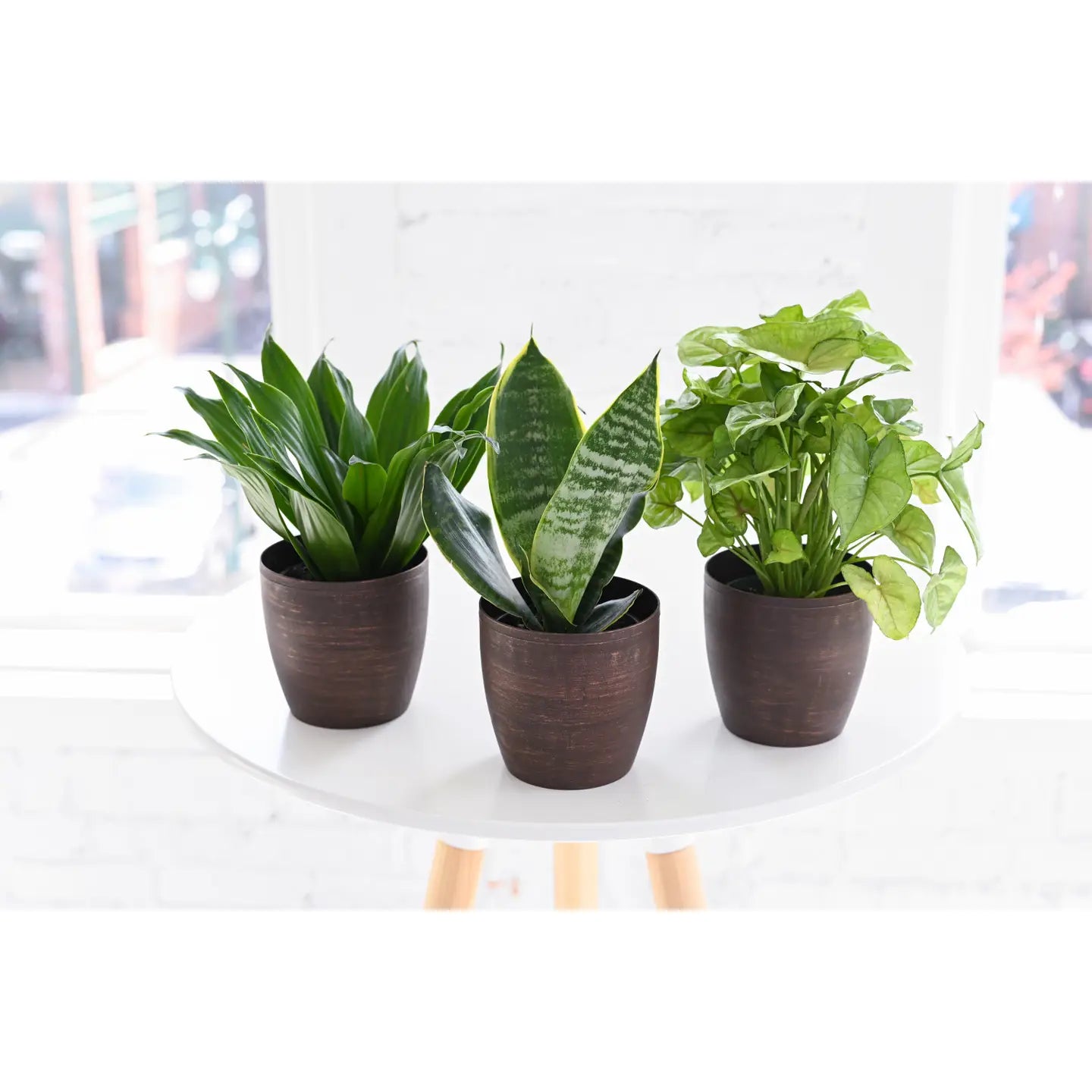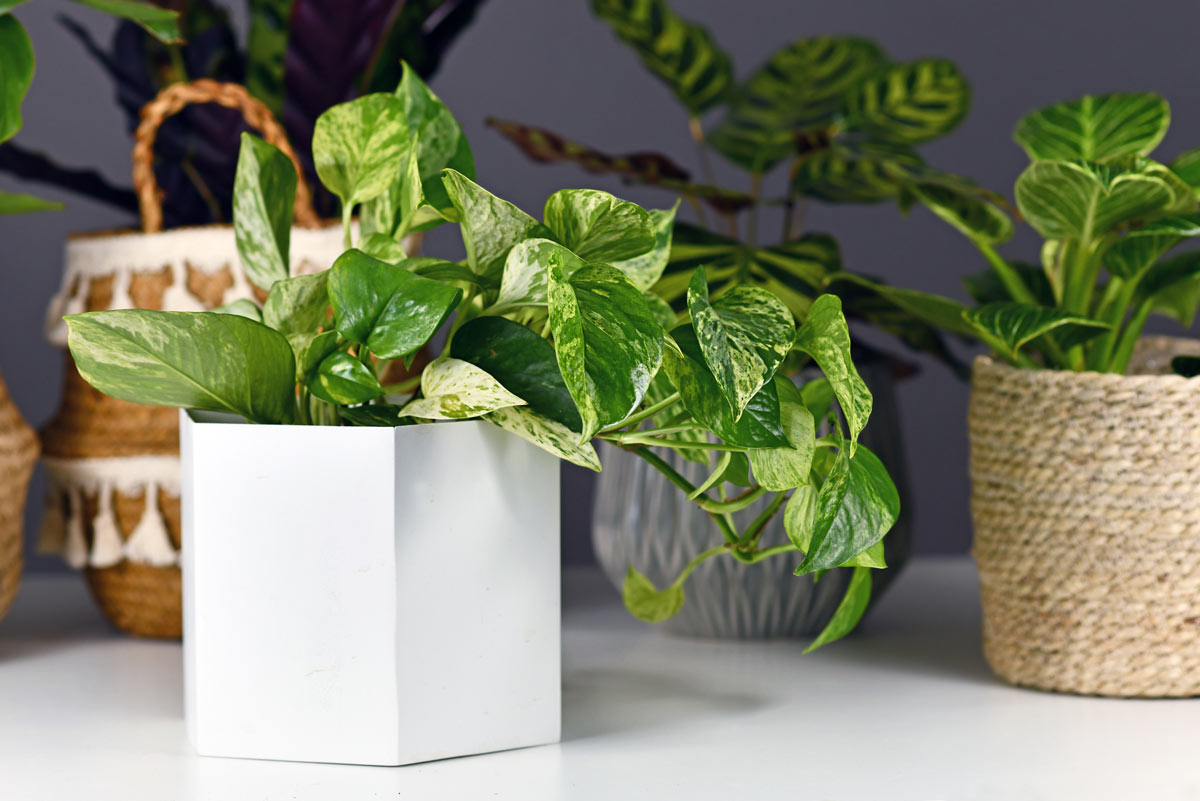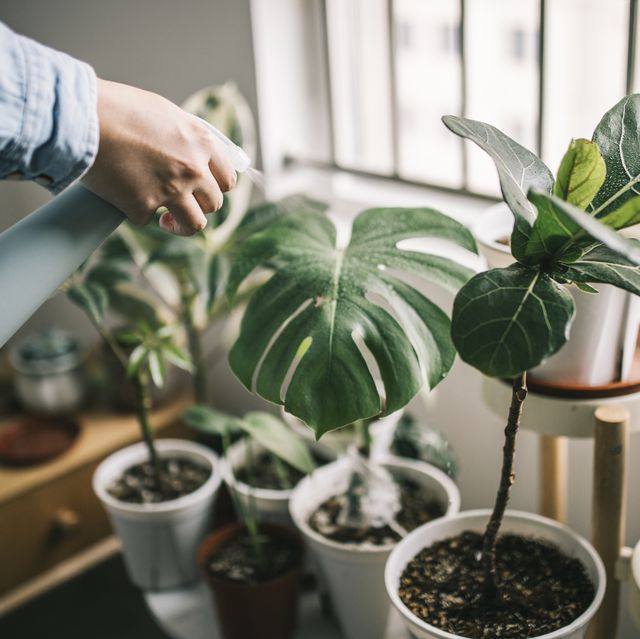Best Low-Light Indoor Plants for Creating a Relaxing and Green Environment
Best Low-Light Indoor Plants for Creating a Relaxing and Green Environment
Blog Article
Transform Your Home With Beautiful Low-Light Indoor Plants and Their Advantages
Integrating low-light indoor plants into your home can considerably boost both the aesthetic and ecological quality of your space. These plants, which grow in dim conditions, offer not only as decorative elements yet likewise as natural air cleansers, making them optimal for metropolitan occupants or those with minimal sunlight exposure. As we discover the different kinds of low-light plants and their benefits, you may discover unexpected ways to integrate them right into your home that can transform your surroundings in means you may not have actually prepared for.
Advantages of Low-Light Plants
Low-light plants use numerous advantages for indoor environments, making them an outstanding option for both amateur and seasoned garden enthusiasts. One of the main advantages is their versatility to low-light problems, permitting people to boost their home without the demand for considerable sunlight exposure. This characteristic makes them suitable for houses, offices, and other areas with minimal natural light.

Moreover, integrating low-light plants right into home decor can elevate the visual allure of a space. Their lush foliage and differed structures develop a soothing atmosphere, adding to overall health. Last but not least, the existence of greenery has actually been linked to reduced stress levels and boosted productivity, making low-light plants a practical option for enhancing both psychological and physical health and wellness in indoor settings.
Top Low-Light Indoor Plants
While many indoor plants grow in intense light, several species are specifically well-suited for low-light problems, making them ideal for numerous interior rooms. One popular selection is the Serpent Plant (Sansevieria), recognized for its striking upright fallen leaves and resilience, calling for marginal treatment. Another exceptional alternative is the Pothos (Epipremnum aureum), which includes heart-shaped leaves and can trail wonderfully from racks or wall mounts, thriving in reduced light and including a lavish touch.
The ZZ Plant (Zamioculcas zamiifolia) is celebrated for its glossy leaves and capability to withstand overlook, making it excellent for active way of livings. In a similar way, the Tranquility Lily (Spathiphyllum) not just tolerates low light but likewise generates magnificent white flowers, improving any type of space's visual.
For a special touch, take into consideration the Cast Iron Plant (Aspidistra elatior), which indeed lives up to its name, prospering in the darkest corners of your home. Last but not least, the Chinese Evergreen (Aglaonema) supplies a range of leaf patterns and shades while being incredibly forgiving in low-light problems. These plants not only beautify interior settings but likewise add to air filtration, boosting your space.
Treatment Tips for Low-Light Plants

Watering techniques are important; these plants typically favor slightly completely dry problems. Overwatering can cause root rot, so ensure that the top inch of dirt is completely dry before sprinkling once more. Usage pots with drain openings to enable excess moisture to run away.
Humidity is one more crucial factor. Numerous low-light plants, such as ferns and peace lilies, advantage from greater moisture degrees. To raise humidity, think about misting the fallen leaves or putting a tray of water near the plants.
Fertilizing ought to be come close to with care. Throughout the growing season, use a thinned down, go to the website balanced fluid fertilizer each month to sustain development, yet prevent fertilizing throughout the inactive winter season.

Innovative Ways to Display Plants
Indoor plants can work as fascinating focal points in any type of space, improving both visual appeal and setting. Innovative display screens can boost the aesthetic influence of low-light plants, making them an indispensable component of your home decoration. One effective method is to make use of tiered plant stands, which enable you to showcase several plants at varying heights while optimizing flooring room.
Hanging planters are another ingenious choice, creating a sense of depth and drawing the eye upwards. Consider macramé hangers or wall-mounted racks to present an unique structure and design.
For an extra organized technique, usage geometric terrariums or glass containers to house your plants, including a contemporary touch to your interior garden. You can likewise repurpose classic products, such as teacups or wood pet crates, for an eclectic display that reflects your personality.
Enhancing Home Setting With Plants
Incorporating low-light he said plants into your home not just improves aesthetic charm but also contributes significantly to the total setting. These plants serve as all-natural style aspects, presenting a feeling of tranquility that can transform any kind of room. The presence of greenery cultivates a relaxing ambience, which is specifically useful in high-stress atmospheres such as office or living areas.
Low-light plants, such as serpent plants, pothos, and ZZ plants, are not only aesthetically pleasing but additionally enhance indoor air high quality by filtering pollutants. This dual function boosts the atmosphere better, creating a much healthier living area (Best low-light indoor plants). The tactical placement of these plants can additionally influence the assumption of room; for circumstances, high plants can attract the eye upwards, making ceilings show up greater and spaces a lot more spacious
In addition, varying appearances and colors of vegetation include depth to indoor design, enabling imaginative expression in home styling. Whether positioned on racks, in corners, or as centerpieces, low-light plants can raise the mood of any kind of area. In recap, integrating these plants into your home is a reliable method to foster a warm, inviting environment while profiting of boosted air quality and visual versatility.
Verdict
Integrating low-light interior plants right into home environments uses countless benefits, including enhanced aesthetic charm and boosted air high quality. These durable plants, such as the Snake Plant and Tranquility Lily, call for very little light and maintenance, making them ideal for varied way of livings.
While lots of indoor plants thrive in intense light, several species are specifically fit for low-light problems, making them excellent for different indoor spaces. One efficient technique is to utilize tiered plant stands, which allow you to showcase multiple plants at differing elevations while optimizing flooring area.
Low-light plants, such as snake plants, pothos, and ZZ plants, are not just aesthetically pleasing however additionally improve interior air quality by filtering toxins. Best low-light indoor plants. The tactical positioning of these plants can also affect the assumption of room; for instance, high plants can attract the eye up, making ceilings show up official statement greater and areas a lot more sizable
These resistant plants, such as the Snake Plant and Peace Lily, call for minimal light and upkeep, making them ideal for diverse way of livings.
Report this page